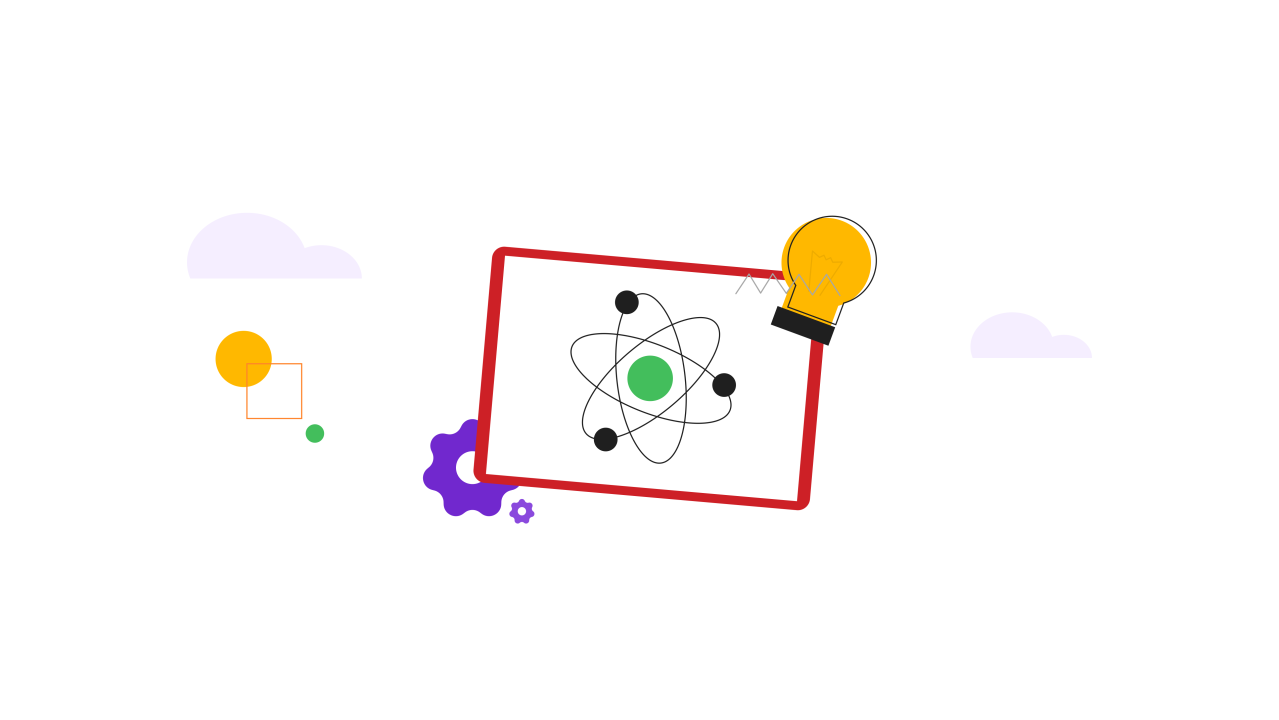
Demystifying Human-Centered Design Thinking
Designerrs | UI UX Design Academy
Designerrs provides a safe learning space for designers across the world with learning experiences for UX/UI Design
In the dynamic landscape of design methodologies, one approach stands out as a beacon of innovation — Human-Centered Design Thinking.
Let's embark on a journey to unravel the depths of HCD, understanding its essence, and exploring its impact on problem-solving.
Design Thinking and Human-Centered Design: A Symbiotic Relationship
Design thinking, at its core, is about problem-solving. When we infuse it with the essence of humanity, it becomes Human-Centered Design (HCD). This amalgamation places people at the center of the problem-solving process, ensuring solutions resonate with their needs, desires, and challenges.
What is Human-Centered Design (HCD)?
HCD is an iterative problem-solving approach that involves understanding the people for whom we're designing, creating solutions that meet their needs, and refining those solutions based on their feedback.
How Does HCD Work?
Empathize: Deeply understand the perspectives and experiences of the people involved.
Define: Clearly articulate the problem based on insights gained from empathizing.
Ideate: Generate a myriad of creative ideas to solve the defined problem.
Prototype: Develop tangible representations of your ideas for feedback.
Test: Gather feedback from users through testing, refine, and iterate.
Advantages of Human-Centered Design (HCD)
User-Centric Solutions: Solutions resonate with the actual needs and experiences of users.
Enhanced User Satisfaction: Higher satisfaction as users feel seen and understood.
领英推荐
Reduced Risk: Continuous feedback loop minimizes the risk of launching flawed solutions.
How Often is HCD Used?
HCD finds application across diverse fields, from product design to service design and beyond. Leading companies incorporate HCD to foster innovation and build products with a human touch.
Pros and Cons of Human-Centered Design (HCD)
Pros:
Enhanced User Experience: Prioritizing user needs results in superior user experiences.
Innovation: Encourages out-of-the-box thinking and innovative solutions.
User Loyalty: Builds trust and loyalty as users feel valued.
Cons:
Time-Consuming: The iterative nature of HCD can be time-intensive.
Resource Demanding: Requires significant involvement of time, talent, and resources.
Conclusion
Human-Centered Design Thinking breathes life into the design process, making it a profound exploration of human needs and experiences. As you delve into the world of design thinking, consider honing your skills further with our UX Professional Track. Your journey towards mastering design thinking begins here, where innovation meets empathy.